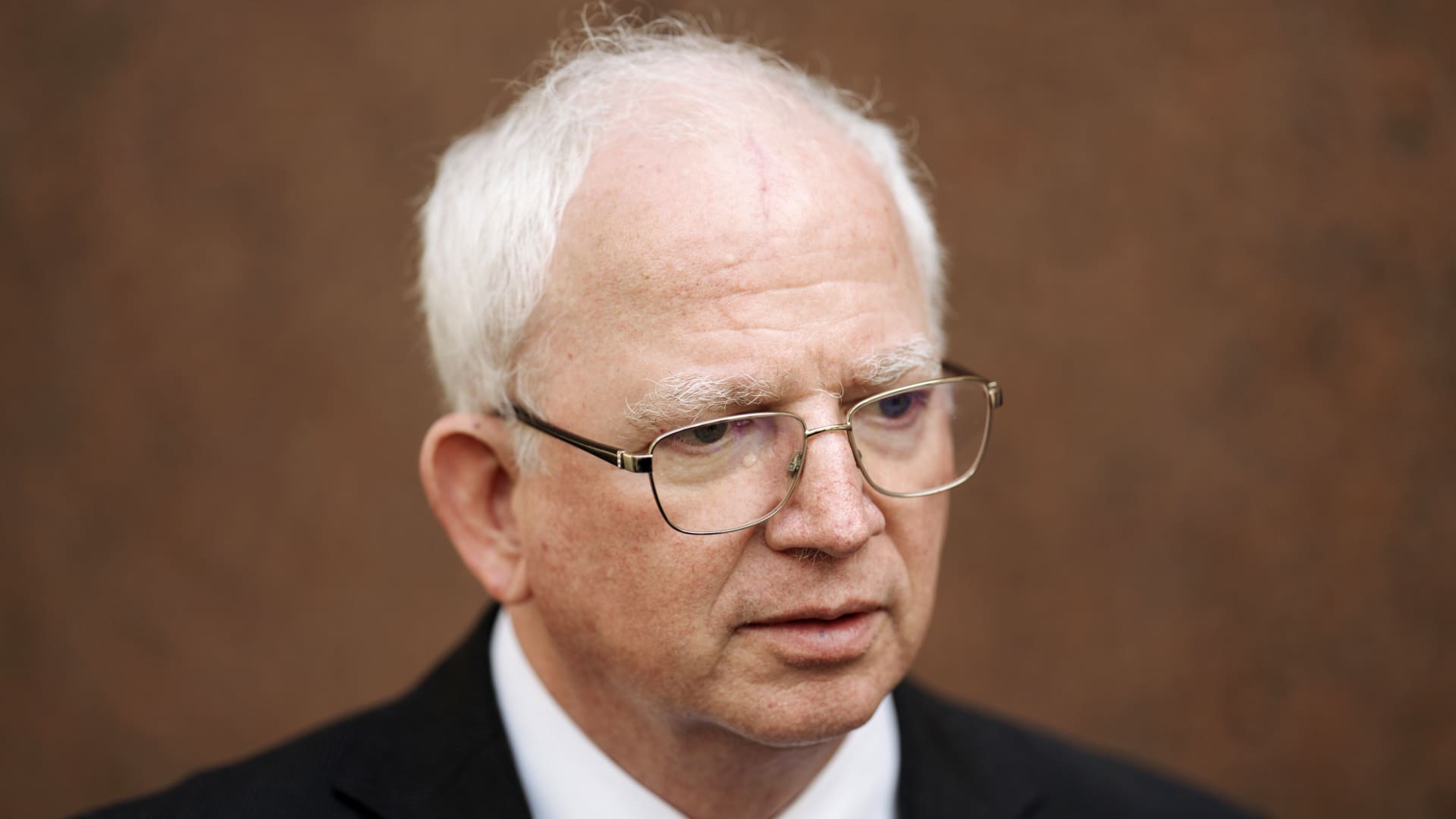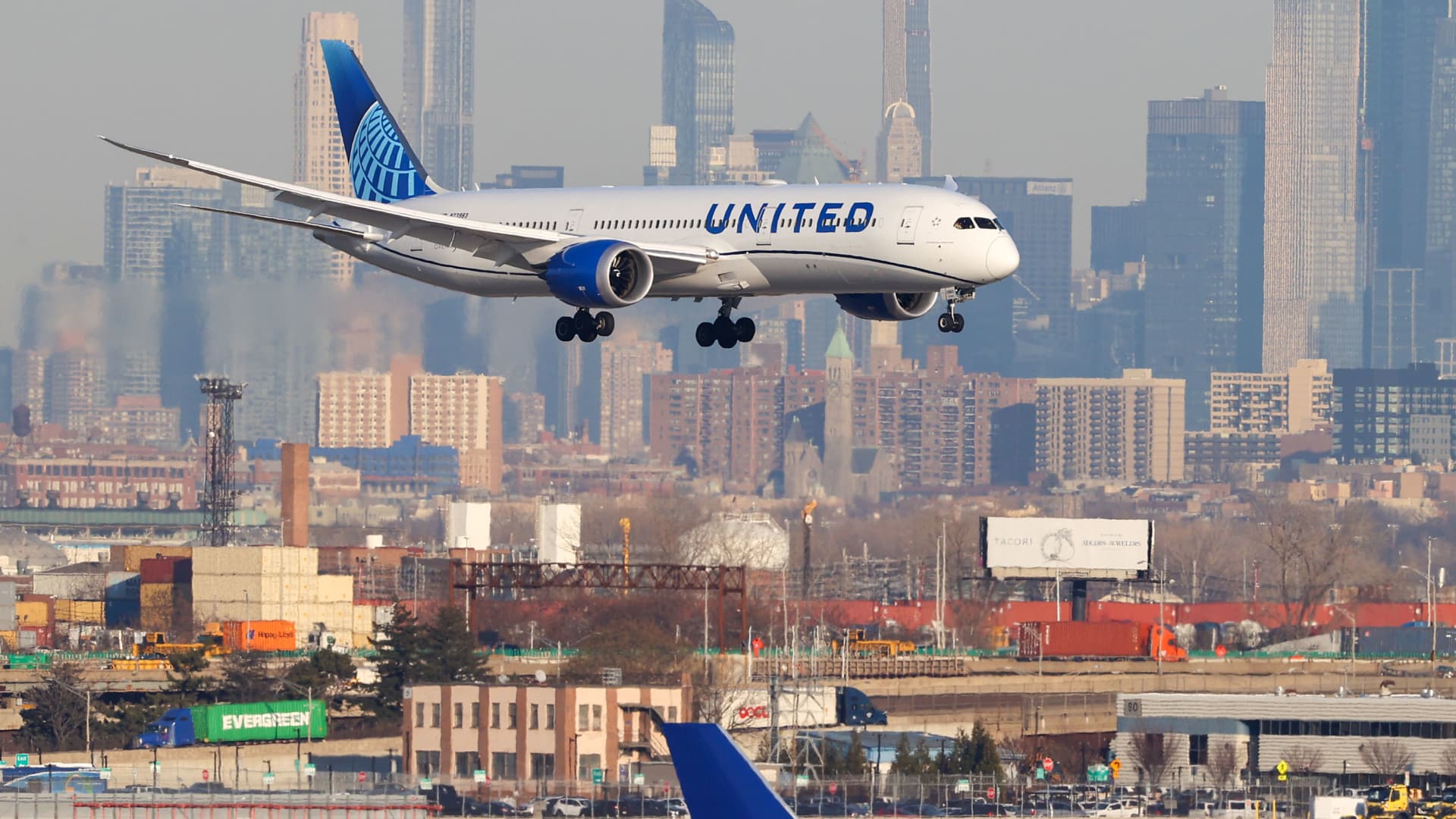US Markets
Wednesday, July 24th, 2024 5:57 pm EDT
Key Points
- Retailers are facing increased transportation costs due to the high consumer demand for same-day delivery, with 76% of retail executives noting rising delivery costs per package and 75% stating that home delivery is not profitable. The primary goal for 85% of executives is reducing total order costs, especially as shippers face their own cost pressures from inflation in wages, equipment, and other expenses.
- To manage costs, retailers are diversifying their last-mile delivery options, moving away from reliance on single carriers like UPS and FedEx. This strategy has benefited FedEx, which saw an increase in usage as the primary last-mile carrier, while UPS experienced a decline. UPS’s recent weak Q2 profits and significant stock loss were attributed to customers opting for more economical options and the impact of Teamsters contract negotiations.
- Consumer expectations for free and fast delivery remain high, with 92% considering free delivery a key factor in their purchase decisions and expecting a maximum wait time of 3.5 days. Retailers are responding by increasing minimum order values for free shipping and tightening return policies to manage costs. Consumers also show a preference for in-store returns to avoid shipping fees, and most expect compensation for delayed deliveries, though few companies offer discounts for late deliveries.
The growing consumer demand for rapid package delivery, particularly same-day shipping, is significantly impacting retailers and shippers. A survey by AlixPartners reveals that despite the rising preference for swift delivery, it does not translate into financial benefits for retailers, with 76% of retail executives reporting an increase in delivery costs per package over the past year and 75% indicating that home delivery is not profitable. The primary focus for 85% of these executives is reducing total order costs, a challenging task given the inflationary pressures on wages, equipment, insurance, fuel, and other operational expenses faced by carriers.
As a cost-saving measure, retailers are diversifying their last-mile delivery strategies, moving away from relying on a single carrier. This shift has positively impacted FedEx but adversely affected UPS, with FedEx being the primary last-mile carrier for 42% of executives, an increase from the previous year, while UPS’s share dropped from 35% to 25%. Consequently, 40% of retail executives have switched some of their shipping volumes away from FedEx or UPS to other providers in the past year. UPS has faced significant challenges, reporting weaker-than-expected Q2 profits and experiencing its worst single-day stock loss on record. Contributing factors include customers opting for more economical delivery options, new market entrants like Shein and Temu, and disruptions due to Teamsters contract negotiations.
Alternative parcel delivery companies benefiting from this diversification include OnTrac, Pandion, LSO/Lone Star Overnight, Uber Eats, Uber Connect, Postmates, DoorDash, Instacart, and Shipt. The competitive landscape is further influenced by consumer expectations, with 92% of consumers citing free delivery as a critical factor in their purchasing decisions and a maximum delivery wait time of 3.5 days. Retailers are responding by increasing minimum order values for free shipping, with 64% having done so in the past year, and some also requiring memberships for free shipping. Additionally, 25% of consumers prefer the Buy Online, Pick Up In Store (BOPIS) option to avoid shipping costs and receive products faster.
The survey highlights that delayed orders impact future purchasing decisions for 92% of consumers, and 82% expect compensation for late deliveries, although only 4% of companies offer discounts for late deliveries. Despite these challenges, online purchasing remains robust, with significant year-over-year increases in e-commerce sales for cleaning products, groceries, health supplies, footwear, and apparel.
To further control costs, retailers are tightening return policies, shortening return windows, and eliminating free returns for convenience, requiring specific defects or issues. Consumers are generally willing to travel 15-30 minutes for free in-store returns rather than pay for return shipping, reflecting a shift towards more cost-effective and flexible delivery and return options.
For the full original article on CNBC, please click here: https://www.cnbc.com/2024/07/24/retailers-shift-their-thinking-on-costly-last-mile-delivery.html




